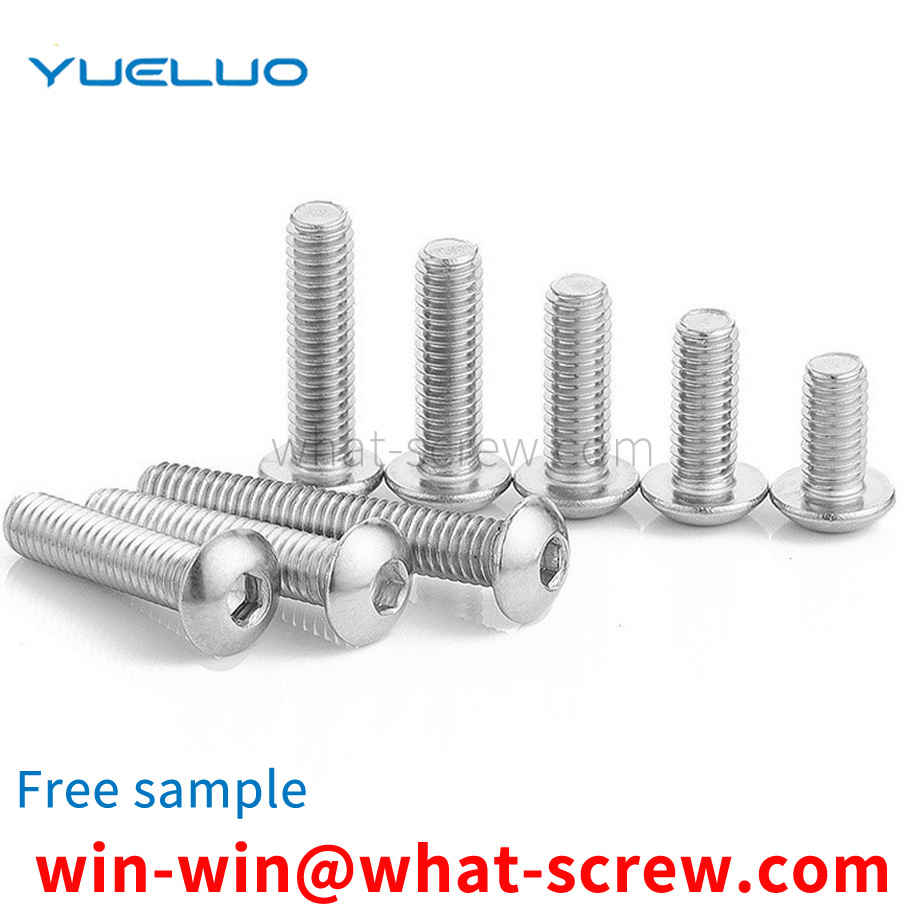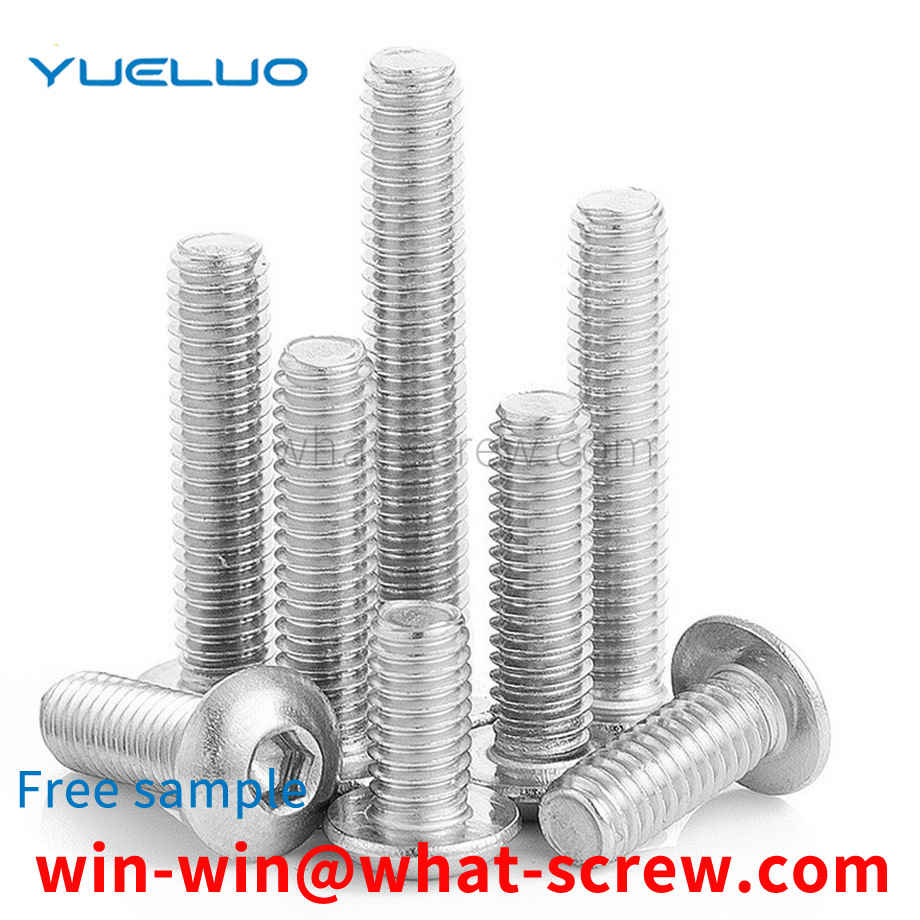Various stainless steel materials have different properties due to their different material contents, so the corrosion resistance is also different. The following is a brief explanation of several commonly used materials: 304 is a universal stainless steel, which is widely used in the production of good requirements. Equipment and components with comprehensive properties (corrosion resistance and formability). 301 stainless steel exhibits obvious work hardening phenomenon during deformation, and is used in various occasions requiring higher strength. 302 stainless steel is essentially a variant of 304 stainless steel with higher carbon content, which can obtain higher strength by cold rolling. 302B is a kind of stainless steel with high silicon content, which has high resistance to high temperature oxidation. 303 and 303Se are free-cutting stainless steels containing sulfur and selenium, respectively, and are used in applications where free-cutting and high surface finish are mainly required. 303Se stainless steel is also used to make parts that require hot upsetting, because under these conditions, this stainless steel has good hot workability. 304L is a lower carbon variant of 304 stainless steel used where welding is required. The lower carbon content minimizes carbide precipitation in the heat-affected zone near the weld, which can lead to intergranular corrosion (weld erosion) of stainless steel in some environments. 304N is a nitrogen-containing stainless steel, and nitrogen is added to increase the strength of the steel. 316 (18Cr-12Ni-2.5Mo) material: due to the addition of Mo, its corrosion resistance, atmospheric corrosion resistance and high temperature strength are particularly good, and can be used under harsh conditions; excellent work hardening (non-magnetic).
Existing Whistlerwood screws are composed of a threaded portion with a tapered angle and arranged along a tapered stem and a screw head. The head of the screw can be a countersunk head, hemispherical, or other shapes, and the head of the screw has a groove that fits with the tool, a word groove, and a concave cross groove. The taper angle of existing Whistlerwood screws is either 45 degrees or 60 degrees, and the front end of the taper angle is a pointed point formed by a rotating thread. The existing Whistlerwood screws have the following three deficiencies in use. Because the taper angle is 45 degrees or 60 degrees, and the thread angle is 64 degrees, the resistance when entering the material is relatively large, so the existing Whistlerwood screws are manually screwed. It is difficult to screw in, especially when it is used for hardwood materials, and it often happens that the groove of the screw head is screwed out; A large lateral moment will be formed when the screw is screwed, which is prone to the problem of deviation from the position; in addition, because the existing screw is tapered, it will be subjected to both radial force and axial force when entering the material, and its stress state It is more complicated, so it is easy to cause the cracked wood material to burst, and even cause the material to have longitudinal cracks and be unusable.
According to the design of the screw washer 110 , when the metal piece 120 and the metal piece 130 are disassembled, after the screw 100 is loosened, the screw washer 110 is often easily dropped or lost, causing trouble for maintenance. Especially when replacing parts at the user end, if the screw washer is loose, it cannot ensure that the user can install it correctly; if the screw washer is lost, it is necessary to purchase new parts, causing a lot of inconvenience.
In the prior art, the beams used for installing the curtain wall are mainly divided into two types: closed-cavity structure and open structure, and angle aluminum connection is mainly used for the connection between the beam and the column. As far as the beam of the closed-cavity structure is concerned, after the angle aluminum is used to connect, there are open bolts on both ends of the upper surface of the beam, and the aesthetic performance is extremely poor. As far as the beam of the open structure is concerned, in the actual connection, first fix one corner of the angle aluminum to the beam, and then connect the other corner of the angle aluminum to the column; due to the limited operating space in the beam of the open structure, the angle aluminum is not It is easy and accurate to install, and it takes a lot of time to install; and when the curtain wall panel is heavy, the beam will be twisted, causing the gusset of the opening part of the beam to fall. In addition, due to the limitation of the opening structure itself (an additional gusset or clasp), the aluminum content of the beam is relatively heavy, and the manufacturing cost is high.
Rivets are mostly used for fixed riveting and movable riveting between parts. The rivets used for movable riveting are mostly cylindrical, and there is no size limit for riveted parts, which is easy to cause parts to be squeezed and deformed during riveting. For example, The parts are inserted into the parts for active riveting. When riveting, the riveting force can easily cause the parts to clamp the parts, which in turn causes difficulty in the movement of the parts and the parts, high operating force and noise problems, and the parts are easily damaged.
We have many years of experience in the production and sales of screws, nuts, flat washers, etc. The main products are: large umbrella head screws, Whistlertransparent screws, slotted cylindrical screws, cross head screws and nuts and other products, we can provide you with fastening suitable for you piece solution.



















 Service Hotline
Service Hotline




